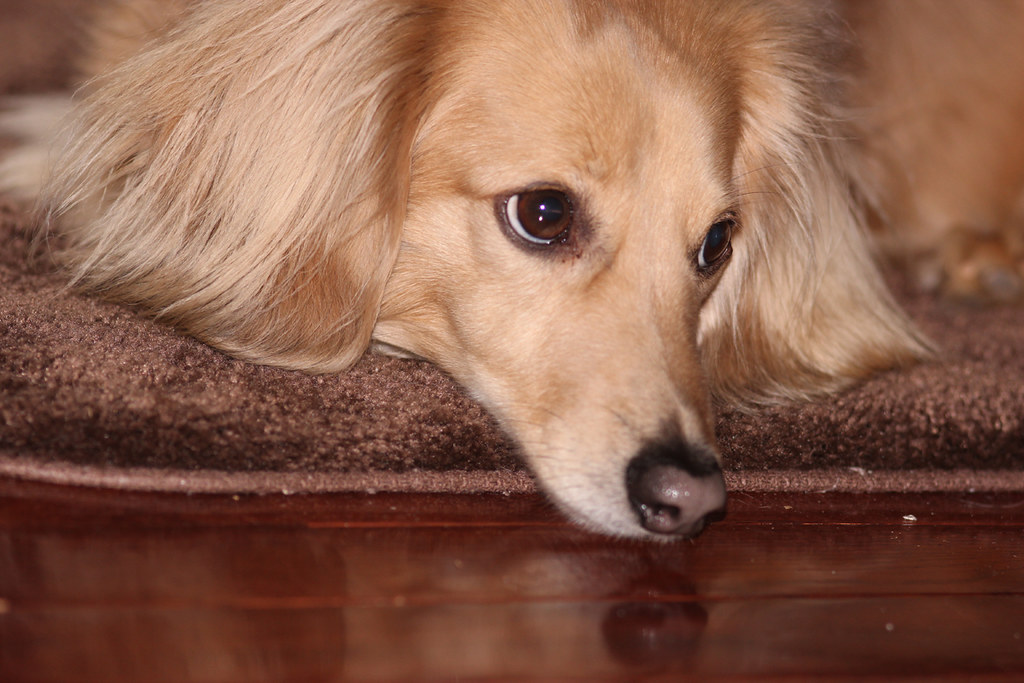Canon Normal 50mm lens | Canon Telephoto lens (70-200 f/4.0L) |
What is the difference in between a Canon Telephoto Lens and a Canon Normal Lens? Understanding the difference may help as you look to choose your next lens. However, it's also important to know which lens can serve your needs best in a given scenario.
Even if you are one of those who got a Canon digital SLR and never removed the kit lens, you can benefit from this info. (And, by the way, it is also time to take your camera off the Auto mode. However that conversation is for another day). If you are going to improve as a photographer, it's incumbent upon you to understand the abilities of the dslr camera along with the lenses and gear that goes with it.
A Canon standard lens is typically one of 35-50mm, with 35mm being the focal length that most directly matches what could be seen by the human eye without having any enhancements. Since the days of 35mm film photography, this has been a normal lens.
More recently, digital photographers have been employing the 50mm lens also as a standard lens. But this also comes with an clarification. Full frame cameras, such as those inside the Canon "Mark" series have a sensor that produces the exact same size photo as a 35mm film camera.
But you can find other dslr cameras that have scaled-down sensors. They are APS-C sensors, and they produce pictures which are magnified when compared to the full-frame sensors. In fact, they're increased by a element of 1.6x. With one of these types of cameras (a Rebel can be a very good illustration), a 50mm lens performs just like a 80mm and is now not normal. Likewise, a 35mm is more like a 56mm, which expands the "normal" definition.
This photo of Colby was taken with what may be considered a "normal" zoom lens at 53mm with my Canon Rebel T3i. Since the Rebel is a crop-sensor camera, 53mm is equivalent to 85mm in 35mm film terms. So, this is not technically a normal lens because 85mm falls into the medium telephoto range.
Telephoto is somewhat easier to clarify and comprehend. A Canon telephoto lens is one that captures the picture so that it seems to be bigger than what the human eye will see when standing in the exact same spot as the camera. Fundamentally, anything longer than 50mm is telephoto. In the instance of any crop sensor (APS-C) camera, 50mm has become telephoto, simply because, keep in mind, it performs like the equal of 80mm.
Canon telephoto lenses are generally deemed medium telephoto up to around 200mm, following which they're super telephoto.
By the way, it was once typical that a lens was as lengthy as the focal length designation. For example, a 200mm lens was literally 200mm long. Currently, because of the way the elements of glass are designed into the housing of the lens, it isn't any longer necessary for them to be that lengthy. This can be very obvious when you check out some telephoto zoom lenses that don't physically extend if the focal length is elevated.
When it comes to zoom, there are numerous extremely best-selling Canon telephoto lenses that zoom in through focal lengths. And some actually zoom from wide angle to telephoto (moving through the "normal" range as they do).
Now that you understand what the distinction is between the kinds of focal lengths, you have to make a decision which focal length is the one that is suited for your digital photography wants. Or, maybe a zoom lens is right for you to ensure that you can cover a dynamic variety of focal lengths because the needs change.





